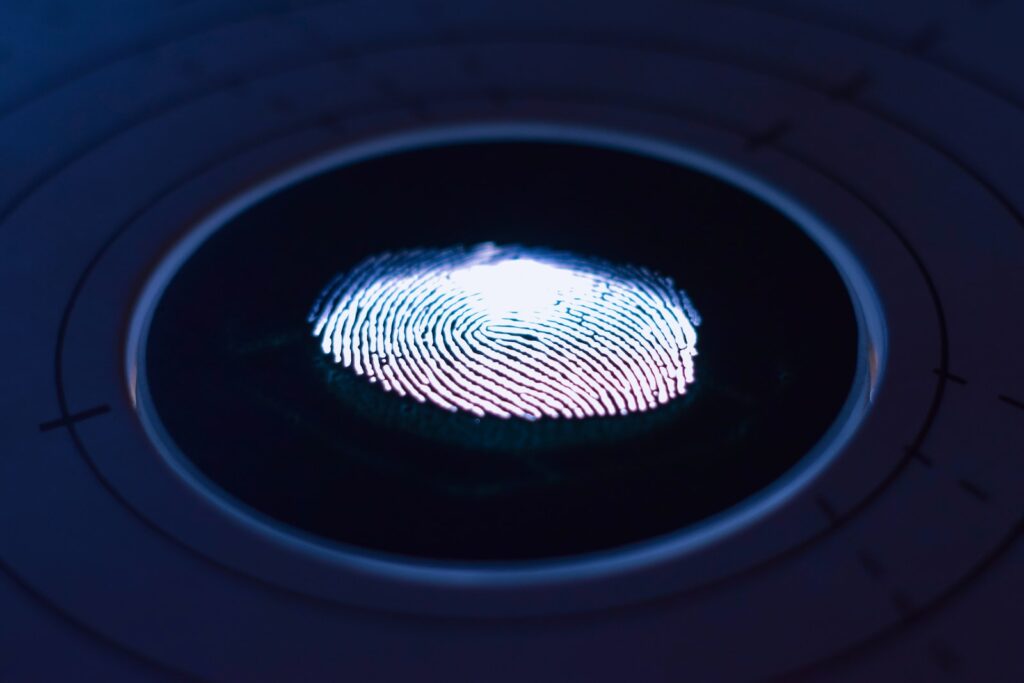Scottish police’s use of biometric data covered by new code
The Scottish criminal justice system will now give greater consideration to the collection and use of biometric data under a new code of practice.
The new code, which came into effect last week, covers Police Scotland, the Police Investigations and Review Commissioner, and the Scottish Police Authority. It includes 12 principles and ‘ethical considerations’ that cover equality, privacy, respect for human rights and promotion of technological advances amongst other topics designed to improve public confidence in the justice system.
Biometric data includes any information that is derived from personal traits such as DNA, fingerprints, facial recognition, eye scans and vocal profiles.
Scotland’s Biometric Commissioner, Dr Brian Plastow, said: ‘It is important to strike the right balance between allowing Police Scotland to do what is required to keep people safe and to protect the human rights of the public.
‘Scotland is the first country in the world to have a national code of practice which gives guidance to the police on how biometric data and related forensic technologies can be used.’

Approved by the Scottish Parliament’s Criminal Justice Committee, the code includes a complaints mechanism and powers of enforcement to ensure the compliance of the relevant bodies.
Earlier this year, the Ada Lovelace Institute called on the UK government to bring forward new laws to govern the use of biometric technology over fears the current legislation in England and Wales has not kept up with the pace of technological development in the area.
The UK’s Biometrics and Surveillance Camera Commissioner, Professor Fraser Sampson, echoed the need for clear legislation earlier this year after the government decided not to transfer the oversight of police use of DNA and fingerprints to the Information Commissioner’s Office following opposition to the idea.
He said: ‘We need a way of keeping in step with fast-paced change in these areas in order to provide the public with the reassurance they need that this tech will be used lawfully, responsibly and according to a set of clear bright line principles that will ensure the circumstances of their use are dictated by what society agrees is acceptable and not just what technology makes possible.’
Photo by George Prentzas













Leave a Reply